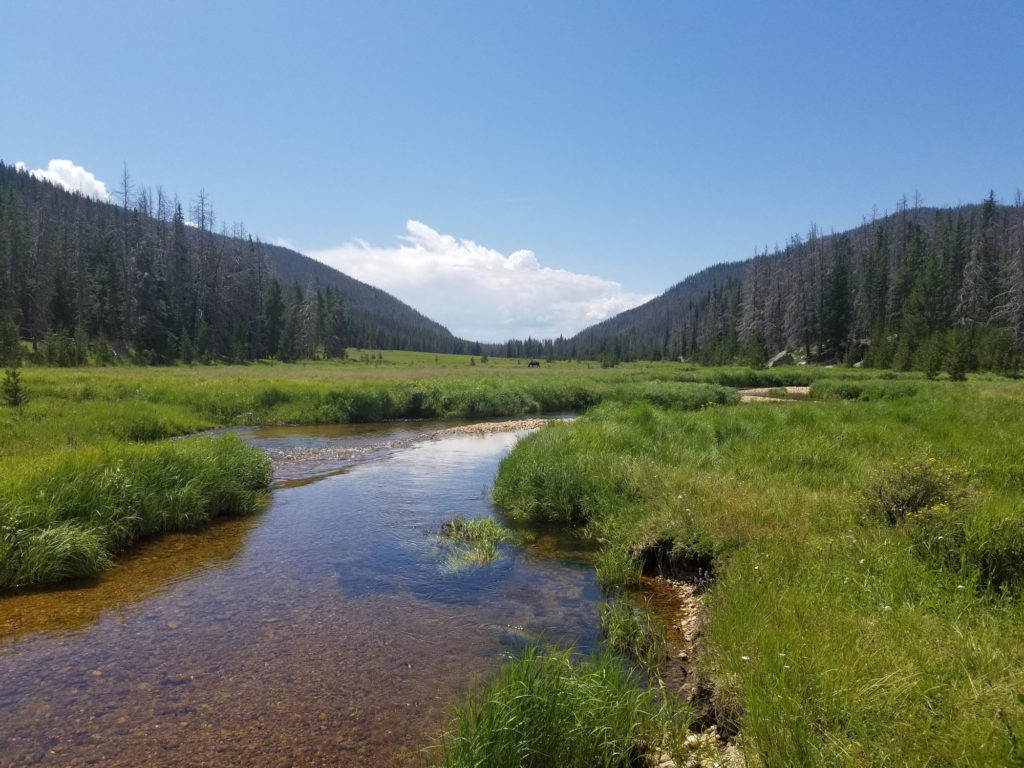In all election years, candidates promise to protect Colorado water and supporters disagree on which candidate would do that best. This newspaper, in its editorial endorsements, mentioned water issues in five state and local campaigns, even basing its Attorney General endorsement primarily on the issue of protecting Colorado water.
The latter endorsement has stirred up considerable debate, locally and across the state, perhaps intentionally. People in both camps think it is so obvious that their candidate is best on water issues that they honestly can’t understand why everyone doesn’t see it. I’ve never used this column to endorse candidates or parties, but it strikes me that this is actually a much larger debate than who occupies a particular office.
It would be easy to determine who is best suited to protect our water, and who has the best record of doing so, if everyone agreed on what that implies. What exactly is meant by “protect Colorado’s water?” That is, protect it from what? I have always viewed Colorado water as facing two major threats – downstream states like California, and federal control. On the Western Slope, we traditionally resist long-term threats, upstream or down, California or Denver.

Yet this dispute can only be understood by acknowledging there are many Coloradans who perceive another threat, not from east or west, but from our own people. In this view, all developments that take water out of its natural stream and put it to what the law calls “beneficial use” are a threat to the environment. So, by definition, leaving the water untouched, even if that means giving it to California, is better than Coloradans using it. That’s why federal control, for generations the one aspect that united leaders of both parties, is now seen by many as acceptable if the result is to stop further development in Colorado.
That suggests a conclusion that the dispute, at its heart, is not about what we must protect water from, but rather what we must protect it for. Only with that understanding can we fully grasp why some of us view federal control as the greatest threat to Colorado water, while others see it as an efficient means to an essential goal. No wonder some say “protecting” Colorado water means stopping California from using more than its share, and that only Coloradans should decide Colorado water issues, while others say “protecting” our water means stopping any further degradation of natural streams, fish habitat, recreation, and enjoyment of the great outdoors. No wonder some pushed back when the Bureau of Reclamation demanded all the states reduce their use of Colorado River water, while others thought it an appropriate federal response to the drought.
Sadly, the two sides are not just divided about the best ways to achieve a goal. They are divided on what the goal is. How can they ever find agreement on the most important issue underlying all others in Colorado – water?
It is the same divide now separating Americans on nearly all environmental issues, which I have always found disheartening, because all of us care about the environment. But for some the glass is half-full and for others it’s half-empty. Some believe a strong and growing economy is the best tool for environmental improvement, while the others must constantly sound the alarm that our prosperity is depleting the world.
There is a cautionary note for alarmists, though, who think everything mankind does degrades the environment incrementally. They risk public apathy by crying wolf so often. A recent piece by an old friend, Steven Hayward of the Claremont Institute, was titled “Can we protect the planet without kneecapping the economy?” He goes so far as to say one challenge is “saving the environment from environmentalists.” He isn’t as confrontational as that sounds, but in a scholarly manner analyzes the alarmism that characterizes so many modern debates. He says alarmists “make a mess of things by working from a stale and often counterproductive playbook: more bureaucracy, more political control over people and resources, and endless costly lawsuits.” They impose billion-dollar solutions to million-dollar questions and become the greatest obstacle to dealing with environmental problems, from climate change and endangered species to mineral supply chains and western water shortages.
This “us-against-them” approach has replaced what was once almost universal support for conservation with contention, antagonism, legislation, and lawsuits. That is lamentable here, because we will never agree on how best to “protect Colorado water” until we first agree on who or what we are protecting it for.




Comments on this entry are closed.